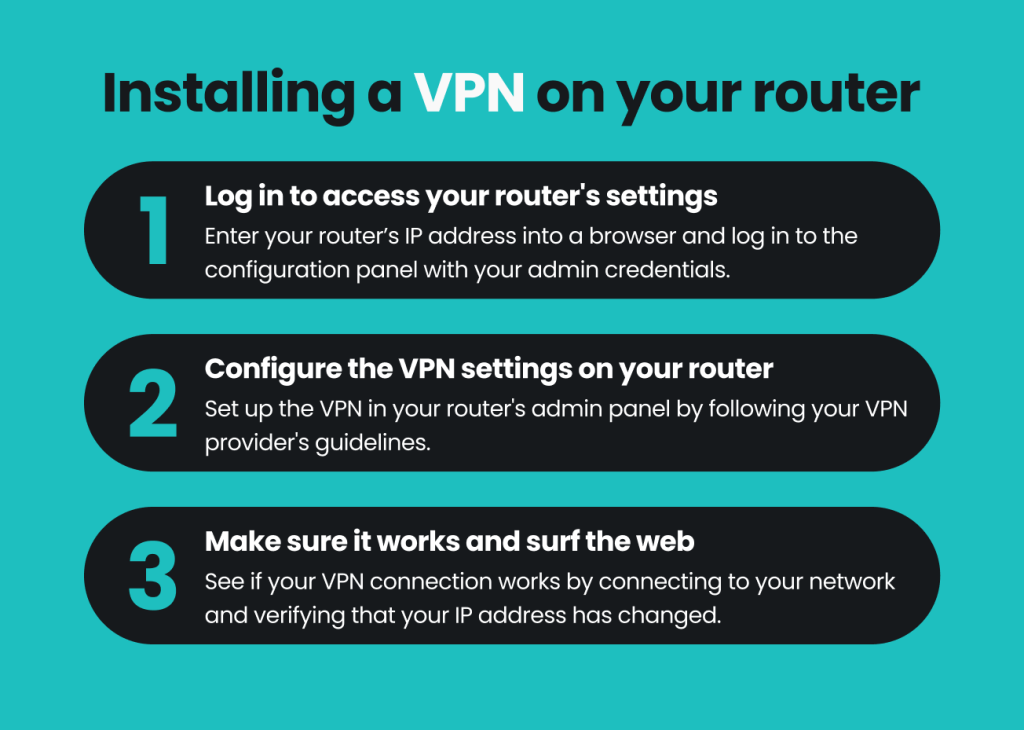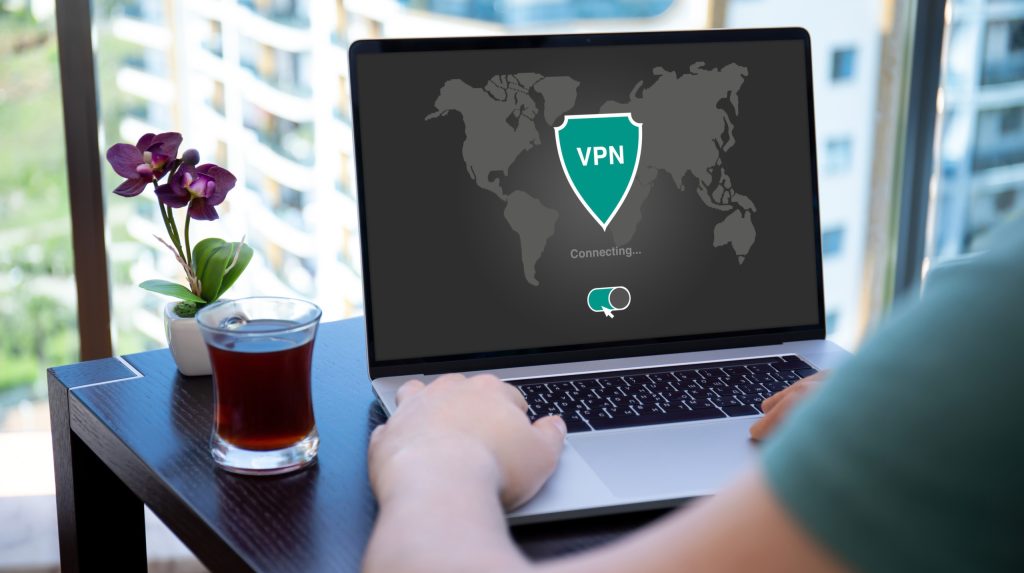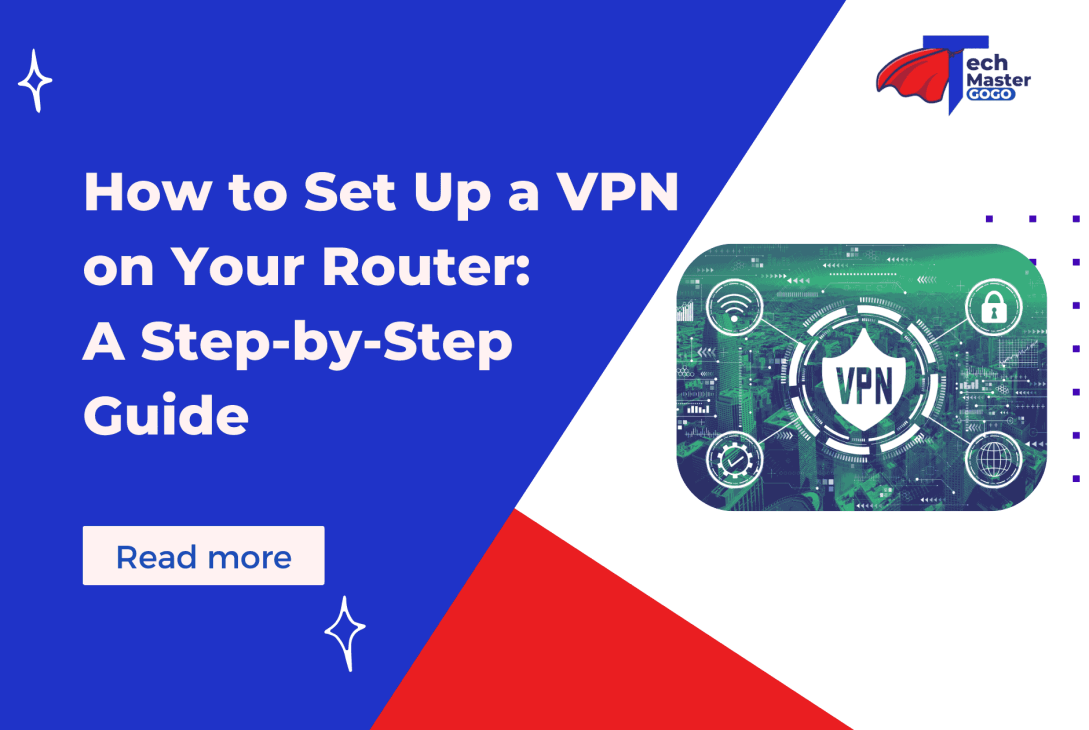Introduction
A VPN (Virtual Private Network) is a powerful tool for protecting your online privacy by encrypting your internet connection. However, installing a VPN on each individual device can be inconvenient. The best solution? Set up a VPN on your router to protect all devices connected to your home network.
By configuring your router with a VPN router setup, all internet traffic will pass through an encrypted tunnel, providing enhanced security, privacy, and access to geo-restricted content across all connected devices.
In this step-by-step guide, we’ll show you how to install a VPN on your router efficiently, whether you’re a beginner or an advanced user.
Step 1: Check Router Compatibility

Before starting the VPN installation process, ensure that your router supports VPN connections. Not all routers have built-in VPN functionality.
How to Check if Your Router Supports a VPN
- Look at the Router’s Manual or Website
- Visit the manufacturer’s website and check if VPN client mode is supported.
- Some routers explicitly list “VPN support” under their specifications.
- Check Router Firmware
- Some stock firmware does not support VPN, but installing third-party firmware (such as DD-WRT or OpenWRT) can enable VPN functionality.
- Compatible routers include brands like Asus, Netgear, Linksys, and TP-Link (high-end models).
- Log Into Your Router’s Admin Panel
- Open a web browser and type 192.168.1.1 or 192.168.0.1 in the address bar.
- Log in using the router’s admin username and password.
- Navigate to VPN Settings or Advanced Settings to see if VPN support is available.
If your router does not support VPN, you may need to install custom firmware (covered in Step 4).
Step 2: Choose a VPN Service for Your Router

Not all VPN providers support VPN router setup, so you must select a provider that offers router-compatible VPN protocols like OpenVPN, WireGuard, or L2TP/IPSec.
Best VPNs for Router Setup
- ExpressVPN – Best for fast speeds and easy router setup.
- NordVPN – Offers strong security features and OpenVPN support.
- Surfshark – Affordable option with unlimited device connections.
- CyberGhost – Great for streaming with a wide range of servers.
- Private Internet Access (PIA) – Strong encryption and privacy features.
VPN Protocols Supported by Routers
- OpenVPN (Most recommended – secure and widely supported).
- WireGuard (Fastest, but not all routers support it).
- L2TP/IPSec (Less secure but can be a good alternative).
- PPTP (Old and less secure; avoid if possible).
After choosing your VPN service, log into your VPN account and download the VPN configuration files (usually found in the account dashboard under Router Setup).
Step 3: Log Into Your Router and Configure VPN Settings

Once you’ve chosen a VPN service, the next step is to install VPN on your router by inputting the configuration details.
How to Set Up a VPN in a Router with Native Support
- Log into your router
- Open a browser and enter 192.168.1.1 or 192.168.0.1.
- Enter your admin credentials.
- Navigate to VPN Settings
- Find VPN Client or VPN Setup in the router’s dashboard.
- Select OpenVPN (or the VPN protocol recommended by your provider).
- Enter VPN Configuration Details
- Upload the .ovpn configuration file provided by your VPN provider.
- Enter your VPN username and password.
- Save & Connect
- Click Save and then Connect to establish the VPN connection.
Once connected, all devices on your network will automatically be protected by the VPN.
Step 4: Install Custom Firmware (DD-WRT or OpenWRT) for Advanced VPN Features

If your router does not support VPN natively, installing third-party firmware like DD-WRT or OpenWRT can unlock VPN functionality.
4.1 Install DD-WRT Firmware
- Download the correct firmware for your router model from DD-WRT’s official website.
- Log into your router, go to Firmware Update, and upload the DD-WRT file.
- Restart your router once the firmware is installed.
4.2 Configure VPN on DD-WRT
- Log into DD-WRT dashboard (192.168.1.1).
- Go to Services > VPN and enable OpenVPN Client.
- Enter the VPN provider’s server address, username, and password.
- Upload the OpenVPN configuration file (.ovpn).
- Click Apply Settings and Connect.
Step 5: Test Your VPN Connection

Once the VPN is configured, it’s important to verify that it’s working correctly.
How to Check If Your Router VPN is Working
- Check Your IP Address
- Visit WhatIsMyIP before and after connecting to the VPN.
- If the IP changes to a VPN server location, the VPN is working.
- Run a DNS Leak Test
- Visit DNSLeakTest.com to ensure that your ISP’s DNS isn’t leaking data.
- Speed Test
- Go to SpeedTest.net and compare speeds with and without the VPN.
Step 6: Secure Your Router with VPN Best Practices

To ensure maximum security while using a VPN router setup, follow these best practices:
Enable Firewall Protection
- Log into your router and enable the built-in firewall to block malicious traffic.
Use Strong VPN Encryption
- If available, choose AES-256 encryption for the best security.
Enable Automatic VPN Connection
- Some VPN services allow auto-reconnect, ensuring that your VPN is always active.
Regularly Update Router Firmware
- Check your router manufacturer’s website for firmware updates to fix security vulnerabilities.
Conclusion
Setting up a VPN router setup enhances your security, protects all connected devices, and provides unrestricted internet access. Whether using built-in VPN support or custom firmware, this guide helps you secure your router with a VPN efficiently.Ready to protect your internet? Set up your VPN router today!
FAQs
1. Why should I install a VPN on my router?
Installing a VPN on your router secures your entire home network, allowing all connected devices to stay encrypted without needing separate VPN apps on each device.
2. Can I use a free VPN on my router?
Most free VPNs don’t support router installations and have limitations like slow speeds and data caps. For the best experience, a premium VPN is recommended.
3. Will a VPN slow down my internet speed?
Using a VPN may reduce internet speed due to encryption. However, choosing a high-speed VPN (like WireGuard or OpenVPN UDP) can minimize slowdowns.
4. Can I set up a VPN on any router?
No, not all routers support VPNs. High-end models from Asus, Netgear, and Linksys often support VPNs, but budget models might require DD-WRT or OpenWRT firmware.
5. How do I disconnect the VPN from my router?
Log into your router’s admin panel, navigate to VPN settings, and click Disconnect or disable the VPN feature.




